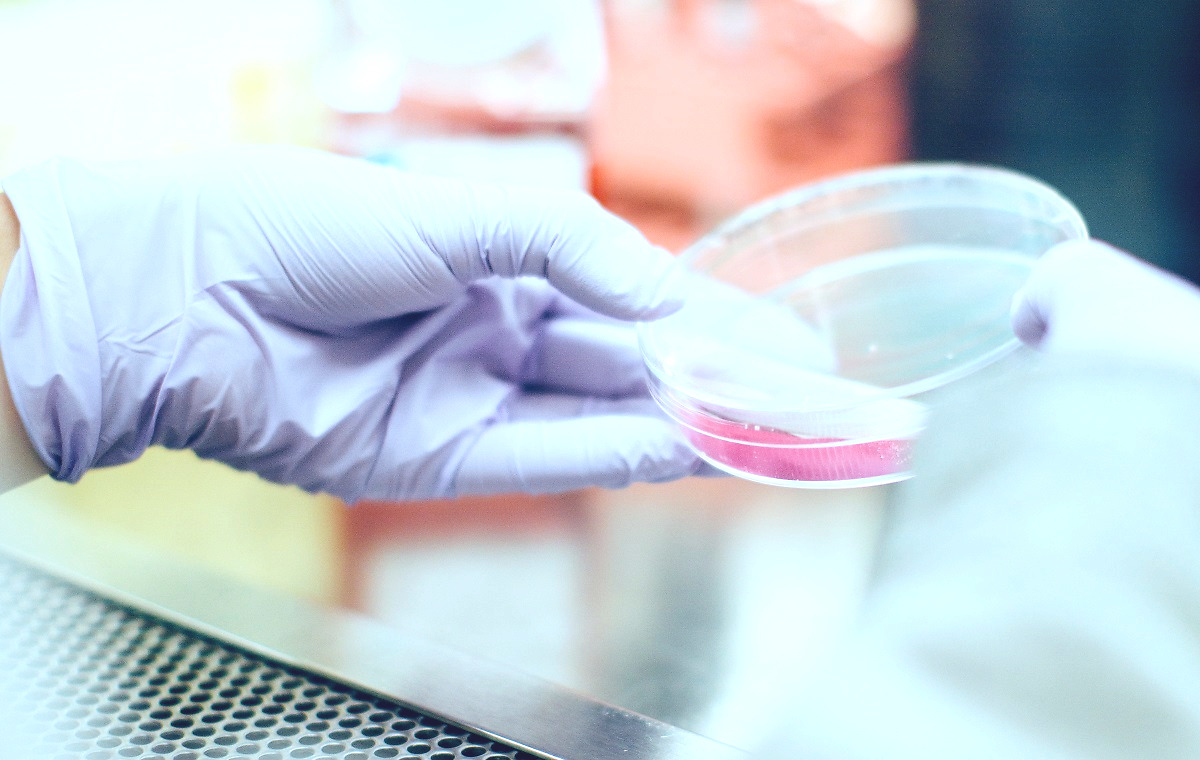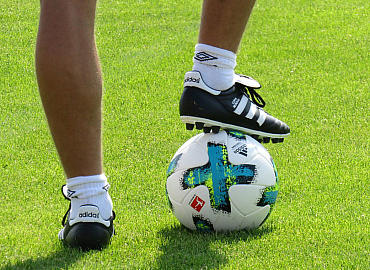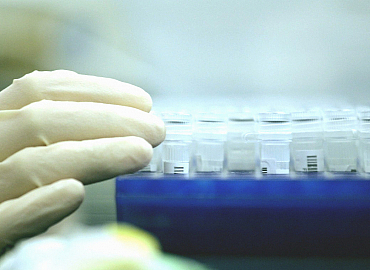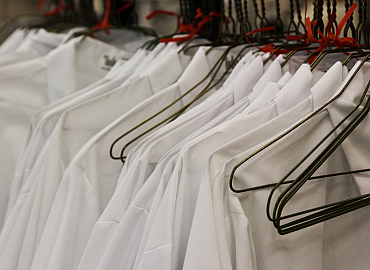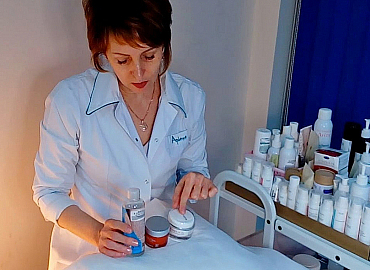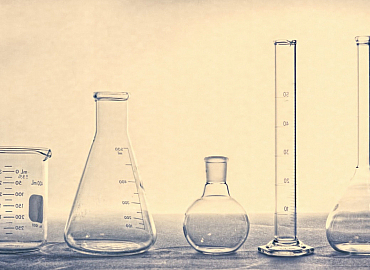Nowadays many people, even those who have not experienced this disease, know the widespread definition of “accumulation of salts”. Mistakenly, patients often associate this process with any atypical pain in various joints. However, only few know the fact that such diagnosis does not exist in medicine. Accumulation of salts is a pathological process occurring in the body because of serious metabolic disorder. The disease including the accumulation of salts (urates) is gout.
Process of accumulation of salts
Various mechanisms are involved in accumulation of salts. For example, because of oxidoreduction disorder during the oxidation of molecules of proteins, fats and carbohydrates, there are formed under-oxidized elements (slags). In case of interaction with acids, they form salt accumulations that can form conglomerates of stone-like density (calculi). The calculi formation can occur in the gallbladder, kidneys, and ducts of the salivary glands. Salts can be also accumulated in joints and other parts of musculoskeletal system. Holding in the joints, the accumulations of salt grow and injure the surrounding tissues. It results in inflammation. Pains accompany the whole process; at the last stages, pains become rather severe. Ultimately, if left untreated, the joint loses its motion activity.
Risk groups
The accumulation of salts is more common for people of older age (after 65) due to the age-related metabolic disorders and corresponding transformations of tissue structures. However nowadays, younger generation also suffers from this process. This fact is provoked by the modern lifestyle including, first of all, unhealthy diet and low activity. These factors are the main causes of salt metabolism disorders. Systematic overeating, abuse of spicy and fatty food, alcohol, overweight, sedentary lifestyle (insufficient physical activity) provoke the accumulation of salts.
In case of renal insufficiency, when the removal of slags is slowing down, the blood and circulatory system diseases with the water-salt imbalance, malfunctioning of organs of internal and external secretion can also cause the accumulation of salts.
Another risk group is women preferring high-heeled shoes. In such case, the joints of the foot are constantly under pressure (increased load), that increases their vulnerability, and leads to the accumulation of salts.
How to cope with accumulation of salts
Pathology disregard or improper treatment leads not only to disability, but also to more serious consequences, including functioning disorder of kidneys and cardiovascular system. There is widespread use of traditional remedies. It is permissible. However, you should remember that traditional remedies in the treatment of accumulation of salts can be effective only in combination with medical and physiotherapeutic treatment. As a rule, the traditional remedies can jugulate only the external symptoms such as pain, while its root cause continues progressing, aggravating the pathology and making it irreversible.
The treatment complex involves the following methods:
- diet excluding spicy, fatty, salty, smoked and fried food;
- mobility activation;
- therapeutic exercise;
- physiotherapeutic procedures;
- fangotherapy;
- medical treatment.
Medical treatment also involves a balanced intake of various groups of medications that not only jugulate pain and inflammation, but also remove salts from the body, restore damaged tissues and normalize metabolic processes.
They include the following groups of medications:
- non-steroidal drugs;
- vasodilating drugs;
- corticosteroid hormones;
- cartilage protectors;
- bisphosphonates.
The intake of medications of the last two groups is extremely important in the treatment of accumulation of salts. Cartilage protectors defend from damages and restore the affected cartilage tissue, while the intake of bisphosphonates has a multilevel effect on the pathology progress, course and reduction. Medications of the bisphosphonate complex not only relieve pain and inflammation, but they have proven their effectiveness in salts removal, restoration of bone structures and cartilage tissues, normalization of metabolic processes and improvement of the patient quality of life.
The use of ointments and creams of bisphosphonate complex is becoming very convenient during the treatment processes of accumulation of salts. They can be used for a long period without side effects. Thus, AKSINIA cream on the natural basis with active bisphosphonate complex, regulating the calcium metabolism at the cell level, perfectly copes with crystallization and accumulation of salts, as well as relieves pain and inflammation.
Professor of A.A. Bogomolets National Medical University L.V. Degtyareva
 21 Mar 2017 г.
21 Mar 2017 г. 